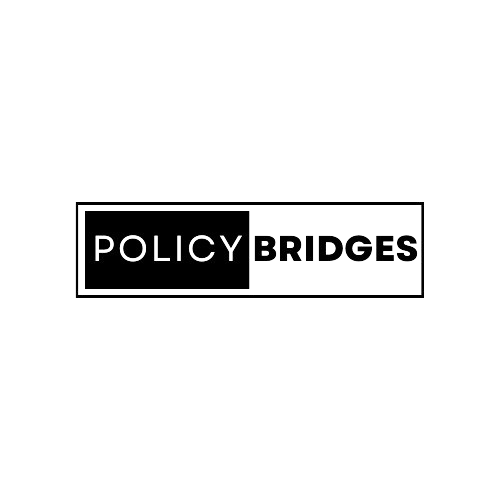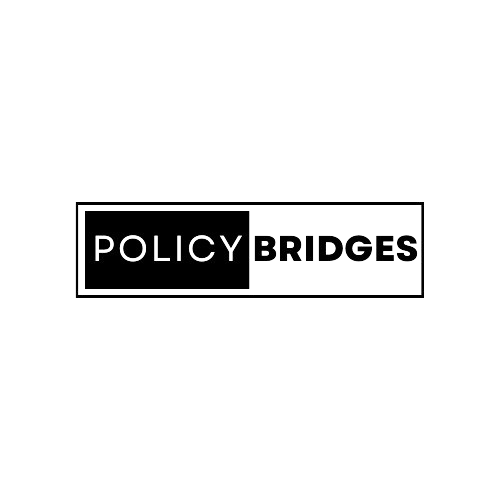Wikipedia is the world’s largest online encyclopedia, boasting a massive collection of articles on nearly every imaginable topic. But with its open-editing model, a common question arises: can you trust Wikipedia?
The answer is nuanced. While Wikipedia shouldn’t be viewed as an infallible source, it has strong mechanisms in place to ensure information reliability and verifiability. Let’s delve into how Wikipedia achieves this.
1. The Cornerstone of Trust: Verifiable Information
Wikipedia prioritizes information that can be verified through credible sources. This means every article should be backed by published references, such as:
- Scholarly articles and journals
- Reputable news outlets
- Books by established authors
Editors are responsible for providing inline citations for all contentious information, quotations, and anything likely to be challenged. This allows readers to trace the source of information and assess its credibility independently.
2. Reliable Sources: The Gatekeepers of Quality
Not all sources are created equal. Wikipedia has strict guidelines on what constitutes a reliable source. Generally, sources that undergo editorial oversight and have a reputation for fact-checking are favored.
Here are some examples of reliable sources for Wikipedia:
- Established newspapers and magazines
- Peer-reviewed academic journals
- Government publications
- Books published by reputable presses
Wikipedia also discourages citing blogs, personal websites, or unpublished materials unless they come from recognized experts in the field.
3. The Community: A Watchful Eye on Accuracy
Wikipedia’s open-editing model might seem like a recipe for chaos, but it fosters a vibrant community of editors who act as guardians of accuracy.
These volunteer editors constantly monitor and update articles, ensuring information remains consistent with reliable sources. They also discuss edits and settle disputes through a well-defined talk page system.
4. Transparency: Lifting the Veil on Edits
One of Wikipedia’s strengths is its transparency. The entire edit history of an article is publicly available, allowing users to see how the content has evolved over time. This allows for identification and correction of any factual errors or misleading information.
Understanding the Limitations of Wikipedia
While Wikipedia strives for accuracy, it’s important to be aware of its limitations:
- Bias: Despite efforts to maintain neutrality, editorial bias can sometimes creep in. It’s crucial to evaluate information from multiple perspectives.
- Vandalism: Though uncommon, malicious edits can happen. Critical thinking and verification with external sources are essential.
- Rapidly Evolving Topics: For fast-moving subjects, information may not always reflect the latest developments.
The Verdict: Is Wikipedia Reliable?
Wikipedia is a valuable resource, but it should not be used blindly. By understanding its verification processes, source credibility, and the active role of the editor community, you can leverage Wikipedia effectively in your research. Remember to critically evaluate information, verify it with external sources, and be mindful of potential biases.
PolicyBridges.com, a leading provider of information security solutions, emphasizes the importance of media literacy and information verification in today’s digital age.



